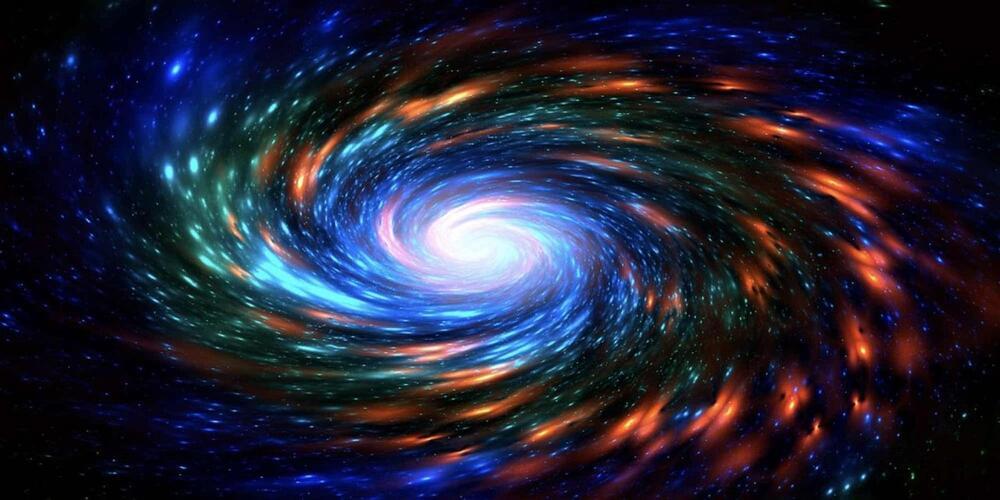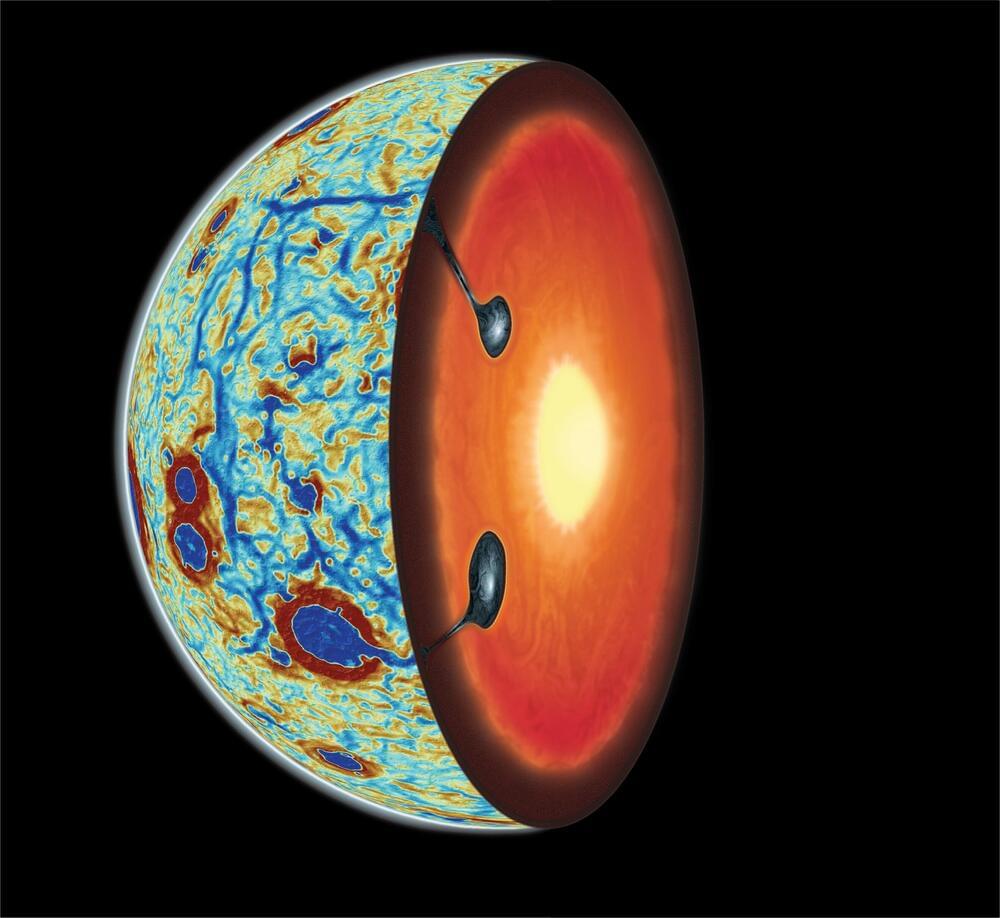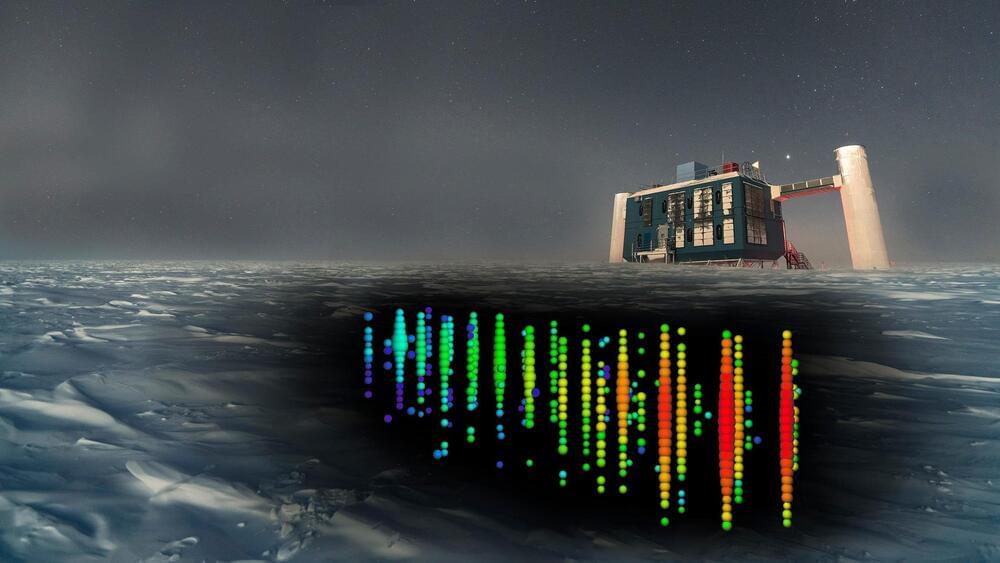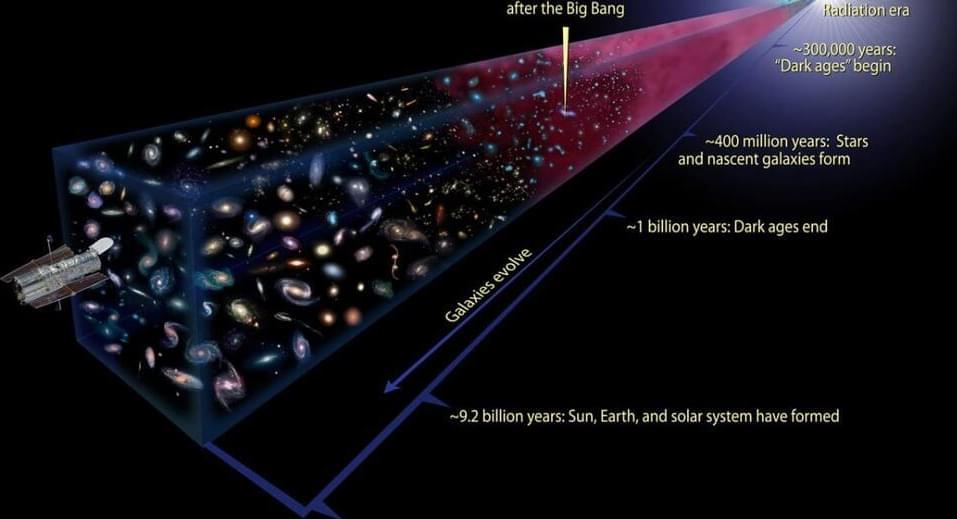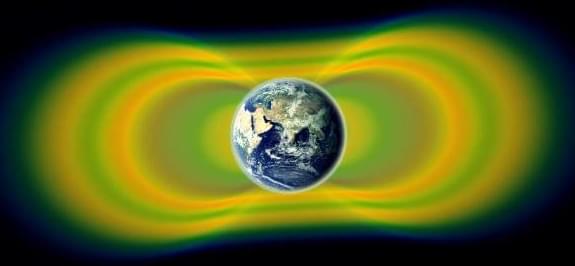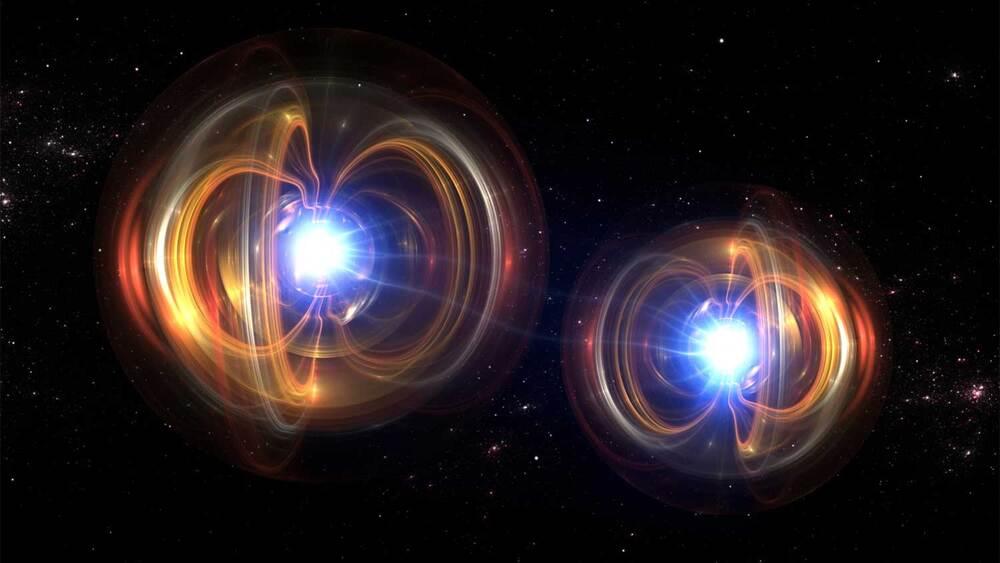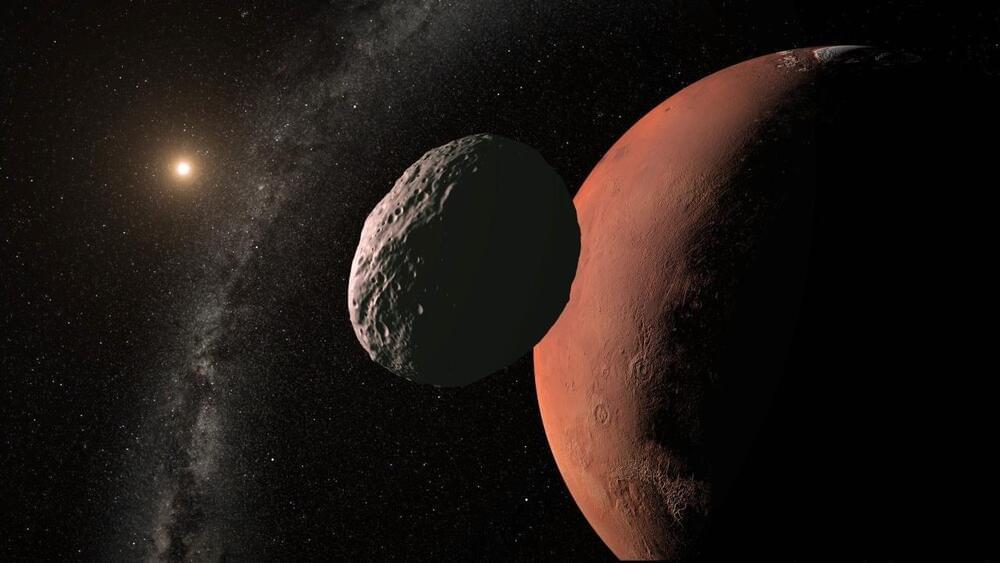Archive for the ‘space’ category: Page 95
Apr 9, 2024
Gravity Mystery Could Soon be Solved with Help From This Mind-Bending New Theoretical Model
Posted by Shubham Ghosh Roy in categories: particle physics, space
That is, until we drop an egg, spill our coffee, or an expensive vase falls off a shelf in our homes, reminding us that even the weakest of the four fundamental interactions known to physics, while hidden in plain sight, still exerts a significant influence on everything around us.
Some 1029 times weaker than the appropriately named weak force, which governs the radioactive decay of atoms, gravity is so subtle that it has virtually no effect at the subatomic level. Yet at the scale where interactions between objects are observable to us, gravity is the force that literally commands the motions of planets, as well as that of stars and galaxies. Even light, which universal laws govern to be the fastest thing in existence, cannot escape the influence of gravity.
Despite its ubiquity, gravity also remains one of the great mysteries of modern physics. While there remains no complete or perfect theory as to how gravity works, the best description of it remains the one Einstein gave us in 1915 with the publication of his general theory of relativity. To Einstein, gravity can be thought of not so much as a force acting on objects, but instead as a way to observe the curvature of spacetime itself that results from variances in the distribution of mass throughout the universe.
Apr 8, 2024
Scientists solve a long-standing mystery surrounding the moon’s ‘lopsided’ geology
Posted by Saúl Morales Rodriguéz in category: space
About 4.5 billion years ago, a small planet smashed into the young Earth, flinging molten rock into space. Slowly, the debris coalesced, cooled and solidified, forming our moon. This scenario of how the Earth’s moon came to be is the one largely agreed upon by most scientists. But the details of how exactly that happened are “more of a choose-your-own-adventure novel,” according to researchers in the University of Arizona Lunar and Planetary Laboratory who published a paper in Nature Geoscience.
Apr 8, 2024
Neutrinos Whisper Quantum Gravity Secrets From the South Pole
Posted by Saúl Morales Rodriguéz in categories: particle physics, quantum physics, space
University of Copenhagen team contributes to an Antarctic large-scale experiment striving to find out if gravity also exists at the quantum level; An extraordinary particle able to travel undisturbed through space seems to hold the answer.
Several thousand sensors distributed over a square kilometer near the South Pole are tasked with answering one of the large outstanding questions in physics: does quantum gravity exist? The sensors monitor neutrinos – particles with no electrical charge and almost without mass – arriving at the Earth from outer space. A team from the Niels Bohr Institute (NBI), University of Copenhagen, has contributed to developing the method that exploits neutrino data to reveal if quantum gravity exists.
“If as we believe, quantum gravity does indeed exist, this will contribute to unite the current two worlds in physics. Today, classical physics describes the phenomena in our normal surroundings such as gravity, while the atomic world can only be described using quantum mechanics. The unification of quantum theory and gravitation remains one of the most outstanding challenges in fundamental physics. It would be very satisfying if we could contribute to that end,” says Tom Stuttard, Assistant Professor at NBI.
Apr 8, 2024
Magnetic Awakening: Unusual Radio Pulses Detected From a Previously Dormant Star
Posted by Saúl Morales Rodriguéz in category: space
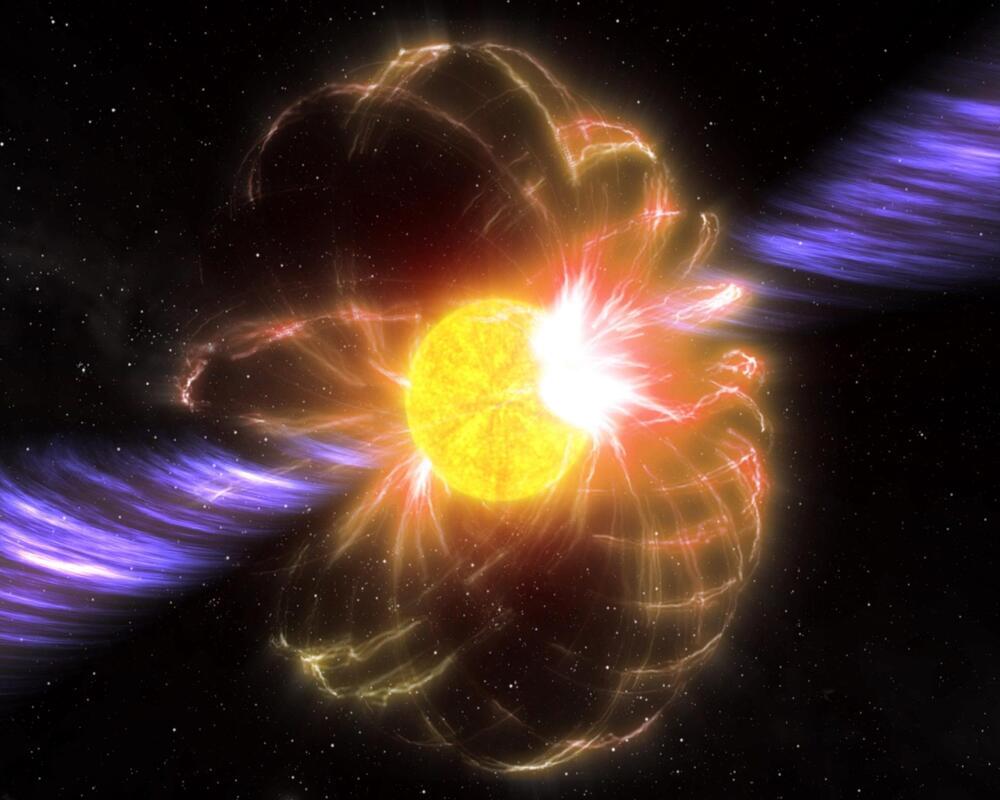
Researchers using Murriyang, CSIRO ’s Parkes radio telescope, have detected unusual radio pulses from a previously dormant star with a powerful magnetic field.
New results published today (April 8) in Nature Astronomy describe radio signals from magnetar XTE J1810-197 behaving in complex ways.
Apr 8, 2024
How we know the Universe is 13.8 billion years old
Posted by Dan Breeden in categories: energy, space
Whenever and wherever stars are born, which occurs whenever clouds of gas sufficiently collapse under their own gravity, they come in a wide variety of sizes, colors, temperatures, and masses. The largest, bluest, most massive stars contain the greatest amounts of nuclear fuel, but perhaps paradoxically, those stars are actually the shortest lived. The reason is straightforward: in any star’s core, where nuclear fusion occurs, it only occurs wherever temperatures exceed 4 million K, and the higher the temperature, the greater the rate of fusion.
So the most massive stars might have the most fuel available at the start, but that means they shine brightly as they burn through their fuel quickly. In particular, the hottest regions in the core will exhaust their fuel the fastest, leading the most massive stars to die the most quickly. The best method we have for measuring “How old is a collection of stars?” is to examine globular clusters, which form stars in isolation often all at once, and then never again. By looking at the cooler, fainter stars that remain (and the lack of hotter, bluer, brighter, more massive stars), we can state with confidence that the Universe must be at least ~12.5–13.0 billion years old.
Apr 8, 2024
Secrets of the Van Allen Belt revealed in New Study
Posted by Natalie Chan in categories: particle physics, space
A challenge to space scientists to better understand our hazardous near-Earth space environment has been set in a new study led by the University of Birmingham.
The research represents the first step towards new theories and methods that will help scientists predict and analyse the behaviour of particles in space.
It has implications for theoretical research, as well as for practical applications such as space weather forecasting.
Apr 8, 2024
Magnetic star flashes ‘never seen before’ signals baffling scientists
Posted by Shubham Ghosh Roy in category: space
A radio telescope observed complex activity in a magnetar 8,000 light-years from Earth:
A CSIRO team discovered a dormant star waking up with “unusual radio pulses” after being silent for years.
Most magnetars are known to emit polarized light, which oscillates in a certain direction. This magnetar generates light with circular polarization, creating a rapid spiral pattern as it travels across space.
Continue reading “Magnetic star flashes ‘never seen before’ signals baffling scientists” »
Apr 8, 2024
AI solves Schrödinger’s Equation
Posted by Shubham Ghosh Roy in categories: chemistry, information science, particle physics, quantum physics, robotics/AI, space
A newly developed AI method can calculate a fundamental problem in quantum chemistry: Schrödinger’s Equation. The technique could calculate the ground state of the Schrödinger equation in quantum chemistry.
Predicting molecules’ chemical and physical properties by relying on their atoms’ arrangement in space is the main goal of quantum chemistry. This can be achieved by solving the Schrödinger equation, but in practice, this is extremely difficult.
Apr 7, 2024
Astronomers Confirm a New ‘Trojan’ Asteroid that Shares an Orbit with Mars
Posted by Natalie Chan in categories: chemistry, physics, space
Using observations made with the Gran Telescopio Canarias (GTC) a study led from the Instituto de Astrofísica de Canarias (IAC) and the Universidad Complutense de Madrid (UCM) has confirmed that the asteroid 2023 FW14, discovered last year, is accompanying the red planet in its journey round the sun, ahead of Mars and in the same orbit.
With this new member, the group of Trojans that accompany Mars has increased in number to 17. But it shows differences in its orbit and chemical composition which may indicate that it is a captured asteroid, of a primitive type. The results are published in Astronomy & Astrophysics.
A team from the Instituto de Astrofísica de Canarias (IAC) and the Universidad Complutense de Madrid (UCM) has observed and described for the first time the object 2023 FW14, a Trojan asteroid that shares its orbit with Mars. After Jupiter, the red planet has the largest number of known Trojans, totaling 17 with this new identification.

